First things first - the best advice is always to buy the best that you can afford - because any sewing machine is better than no sewing machine, and because even entry level machines provide decent functionality these days that you can learn to use to your requirements as you grow and develop as a sewist. Having said that, most people who get the sewing bug will out grow an entry level machine very very quickly - and I would always advice against buying any of the space saving / mini models that are touted for people to start on. You will be wasting your money. Ask yourself are you looking make clothes, or quilts? Essentially sewing falls into two camps and each one has a slightly different set of requirements though they aren't mutually exclusive - what I suggest below is for the aspiring garment makers among you, as that is my thing and what I know best! . There are a few key things I do think EVERYONE should try to prioritise when buying a new machine in order to future proof your purchase... 1) Ability to alter manually both stitch width and length in addition to pre-set stitches 2) One step automatic buttonhole 3) Manual speed control on the machine in addition to a pressure sensitive pedal 4) Decent range of stitches including a stretch stitch (lightening bolt is perfect) 5) Ability to use a twin needle 6) Free arm capability These will add money to the cost (sophisticated functionality is just more expensive) so you need to think carefully about what compromises you're willing to make or whether or not you are going to go down the second hand route. Please don't be blinded by 300 stitches available on a machine. These are not important and not necessary - if you have around 20 you will have pretty much everything you need unless you are particularly into quilting when a million decorative stitches may come in usefully. I will write a blog post on which stitches I think are useful soon, but it will be short! Because in truth if your machine goes forwards and backwards in a straight line and you can alter the width to make a zig-zag then you have all you need ( with a bit of creativity in your approach ) - you need a machine to do LESS, but to do it well... Many people would say that an automatic needle threader is a necessity. I think a lot depends on age and eye-sight, I have never needed one - and in truth have found them pretty temperamental. I am short sighted and don't struggle, but for my older students or those with long sight problems, I can see how one could be useful. This is nice to have not a need to have - and is entirely up to you. Buying second hand... I am all for buying second hand in the name of saving the planet and getting more bang for your buck but there are a few things to be aware of if you do this... 1) If you are a new to sewing you need a machine that is reliable and functioning smoothly to assist you as you learn. Second machines, especially vintage ones, can be extremely temperamental and as an inexperienced sewist you will struggle to know whether the knotty bobbin thread is something you're doing or something mechanically wrong with the machine. 2) Because of this, although you may be saving yourself money, you need to factor in the cost of a service to your purchasing budgets. Sewing machines, like cars and other machinery seize up if they are not used ( a prime reason for a secondhand sale ) or if they have been used a lot but not looked after. You have no idea how well a machine has been maintained with its previous owner so getting it serviced once you've purchased it can add £40-70 to your overall budget, but PLEASE do not skip this step as it will ensure whatever money you have invested is protected. 3) Avoid buying second hand vintage unless you know what you're doing and are willing to invest to keep it on the road. I have many students who come to me with vintage sewing machines who love the look of the them but soon realise they aren't up to muster when it comes to the projects they want to make, and they can cost you a LOT of money to keep going. Buying second hand can be a brilliant thing to do if you know very specifically which make and model you want - and you have found one that you know has been looked after or isn't that old - unwanted gifts are always a great find - as you can often buy a better, modern model for a second hand price, than you'd have afforded if you were buying new. 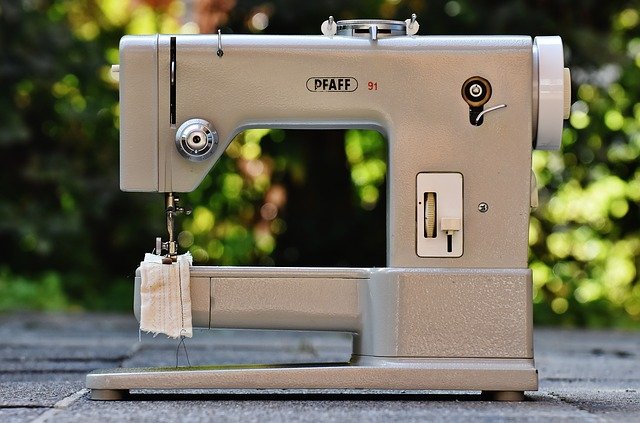 Image by Alexas_Fotos from Pixabay Buying new... In all honesty this is what I would recommend if you're a total beginner and this is why: 1) you know the machine is working tip top and if it isn't you'll be covered under warranty 2) you can have a chance to try before you buy and have a decent conversation with your retailer about what the functionality it 3) Modern machines have so much more functionality built into them then vintage or older ones. As time goes on machine design improves and improves. So, how much should you spend? And what brands are best? How much you spend depends very much on how much you have, but also what brand you go for. At the current time, there are two brands I would really recommend, although they all have their plus points these are known for reliability, functionality and ease of use. They are Janome and Bernina. I would like to say that I am not associated with them in any way, I have just taught for a long time and know that they are really great makes. If you buy cheap, you will compromise on quality - just like cars or TV's or anything else. I have some very bog-standard Brother machines that are about £80 each that I use to teach on if a student is in need or has been temporarily deprived of their machine. There are a number of things that aren't great about them - the button hole function, the stability of the foot attachment, the number of preset stitches. They are light weight and a bit flimsy, but they do, and they're good enough to learn on if you are a first timer. If you get the bug however you will soon want something better. Janome and Bernina are fabulous brands. Bernina is very expensive (and aspirational) but the build and functionality of the machines are incredible. For most people they are out of their price range so I usually recommend a Bernette - which is their domestic line. The B37 and the B38 are amazing models which fit all of my 6 requirements above. You will get more machine for you money with Janome, and although they are still very well built they are more affordable. It's a little bit like choosing between a BMW or a VW or a Skoda. They are all pretty good and solid cars, they will do the job, they will just drive differently and some of the functionality and smoothness will vary depending on the make and model. The main difference is that if your budget is around or less than £370 you will get a good Janome (The 230DC above retails at around £370), but you won't get close to a Bernina or even a Bernette (the cheapest Bernette doesn't have all the functions I think it should have though it is still a solid machine at around £270). BUT If you have more than £350 I'd say go for the Bernette's either B37 or B38 and you will have a solid, reliable machine that you can use for life. If your budget is closer to the £1000 mark, look back at Janome, you will get a lot of functionality! If you are lucky enough to have over £1000 to spend then go and try some Bernina's and see how they compare in terms of the 'drive'... I will admit that I am a die hard Bernina loyalist - I learnt on them, the art schools I trained at always had them in the studios, my career in theatre showed me that pretty much every wardrobe has the Bernina 1001 as its staple machine. These are basic by the way but solid as an eternal rock. Forwards, backwards and side to side is all they do, but if you know what you're doing then that's all you need! In many ways increased functionality can make you a lazy sewist - because you have a widget to do something for you, you don't ever learn how and why you can do it without, but in this time poor life, anything that saves time has got to be a blessing. What machine do you use? Have you got loyalty to a particular brand?
3 Comments
Mrs Anne Daniel
5/12/2020 09:39:12 am
Janome DC2030 from John Lewis eight years ago. I'd love to personally thank the assistant who recommended it (I wrote but I didn't see her again). It was the best recommendation ever!
Reply
9/12/2020 09:27:51 am
I appreciate your skills and style in elaborating on the topic. It bound the reader for long. I have liked everything that I have read in the article so far. Nice content.
Reply
Rosina
9/9/2022 08:04:49 pm
I have a Bernina Artista 170 Quilters edition but in the 23 years I've had it, I have hardly done it justice as don't have the confidence to try everything out
Reply
Leave a Reply. |
AuthorSewing. pattern cutting, teaching, tea and Jelly Babies! Categories
All
Archives
December 2023
|

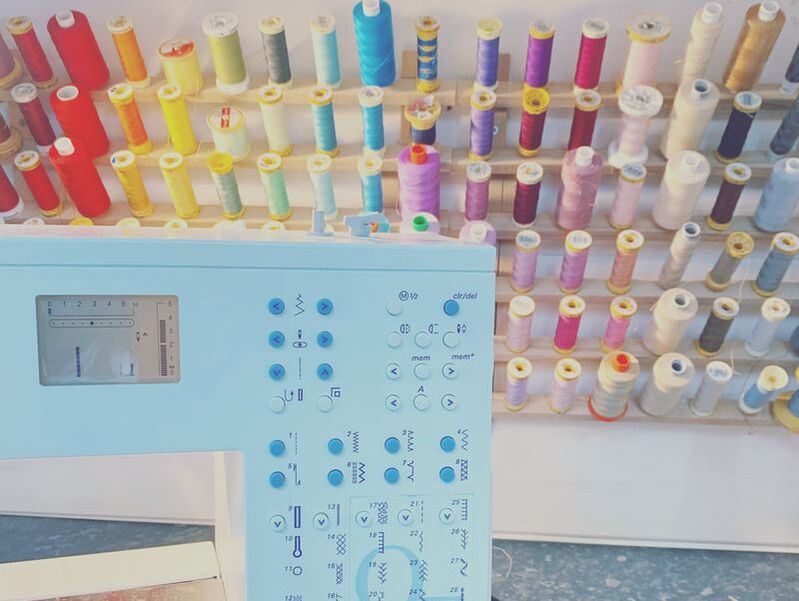
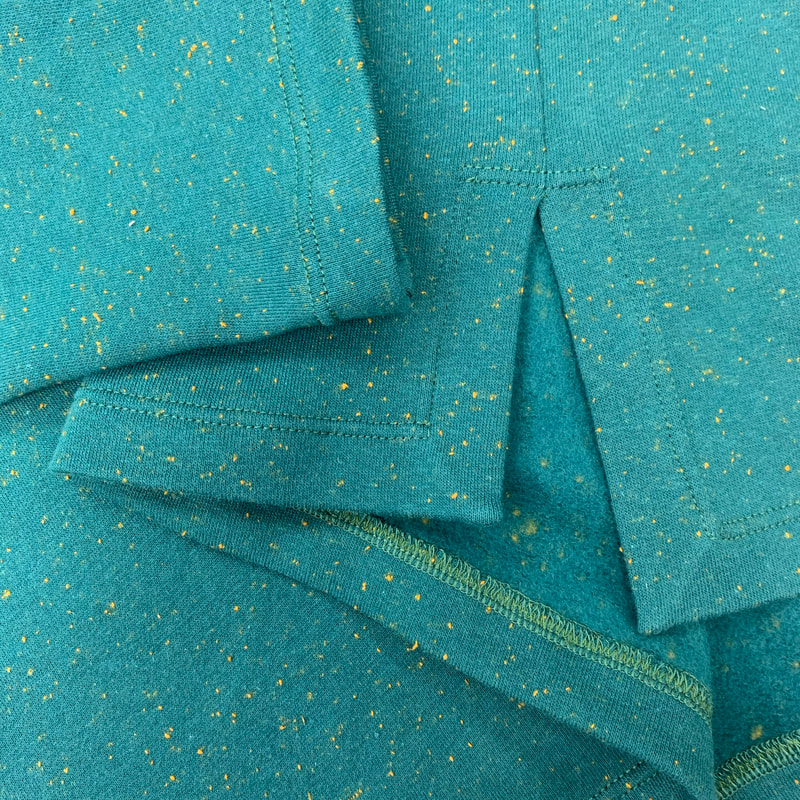

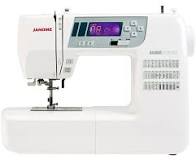
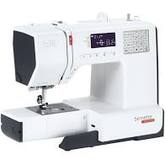
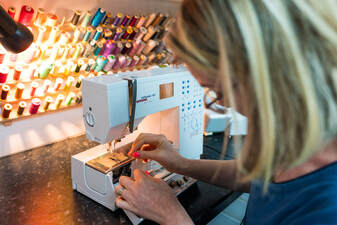
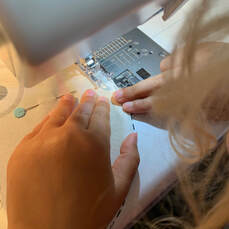
 RSS Feed
RSS Feed